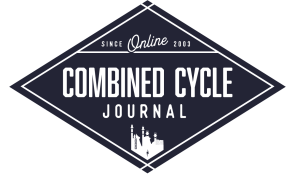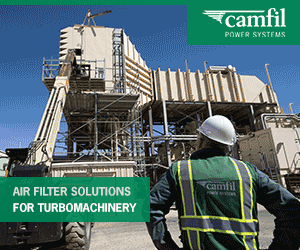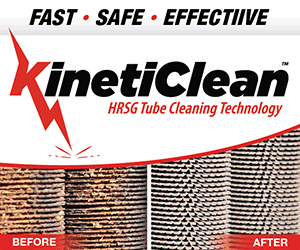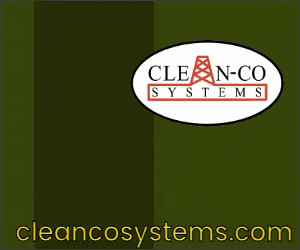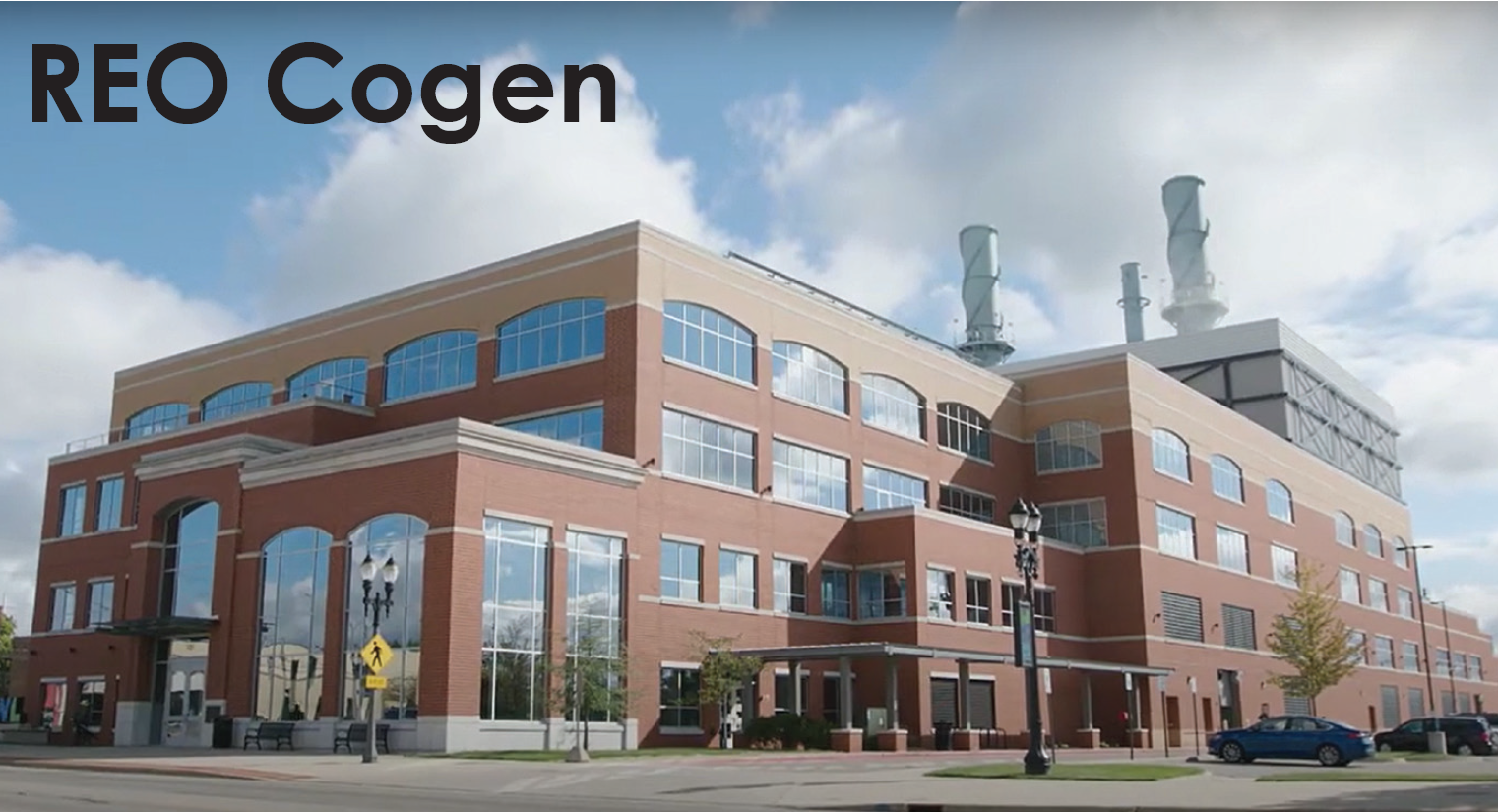
REO Cogeneration Plant
Owned and operated by Lansing Board of Water & Light
100 MW, 2 × 1 LM6000PF-powered combined cycle equipped with IST once-through steam generators, located in Lansing, Mich
Plant manager: Tom Dickinson
Challenge. The REO Cogeneration Facility, COD 2014, in 2018 began experiencing operational complications that, in hindsight, could be attributed to oil contamination of the fuel-gas pipeline supplying its gas turbines. Subsequently, the plant had to replace combustor fuel nozzles at an accelerated rate to stay within emissions limits, as well as to operate its duct burner. Emissions of both CO and NOx consistently were at the upper acceptable limits and the plant was mapping and remapping excessively.
Numerous efforts were made to eliminate or mitigate oil from making its way past the gas turbines’ final fuel-gas filters. Below is a list of improvements that were made with varying degrees of impact on emissions:
- Installation of an additional horizontal fuel-gas filter.
- Gas supplier installed an additional upstream filter.
- Gas supplier enhanced maintenance activities on its equipment.
- Fuel-gas filters always are smoke tested to evaluate their integrity.
- Upgraded fuel-gas filters to specifically remove compressor oil.
- Replaced all valves on fuel-gas conditioning equipment that could allow for leak-by of filters.
- Hydrolazed and chemically cleaned fuel-gas lines.
Solution. All the improvements made over the last few years had at least some positive impact on mitigating or removing oil from the fuel-gas lines. However, only cleaning of the fuel-gas lines significantly reduced emissions.
Pipeline cleaning started at the outlet of the plant’s gas compressors. An underground portion of pipe spanning about 400 ft with no low-point drain was cleaned first, followed by flow through the new horizontal filter and then through each gas turbine’s dedicated vertical final filters up to the wye strainers in each turbine package.
The pipeline was cleaned thusly: The underground portion was hydrolazed and the rest chemically cleaned. The first segment of pipe contained an estimated 300 gallons of dark oil and particulate matter (photos). Red compressor oil found in the remainder of the piping was manually removed from the recirculation tank during the chemical-cleaning process—not a typical task.


Results. Cleaning resulted in an emissions reduction: 24.8 ppm CO to running consistently between 5.8 and 9 ppm. Plant had not seen emissions this low since its first year of operation.
Project participants:
Rachel Sayen, Lansing Board of Water & Light
REO maintenance team
Contractor personnel from OhmHub and RelaDyne

